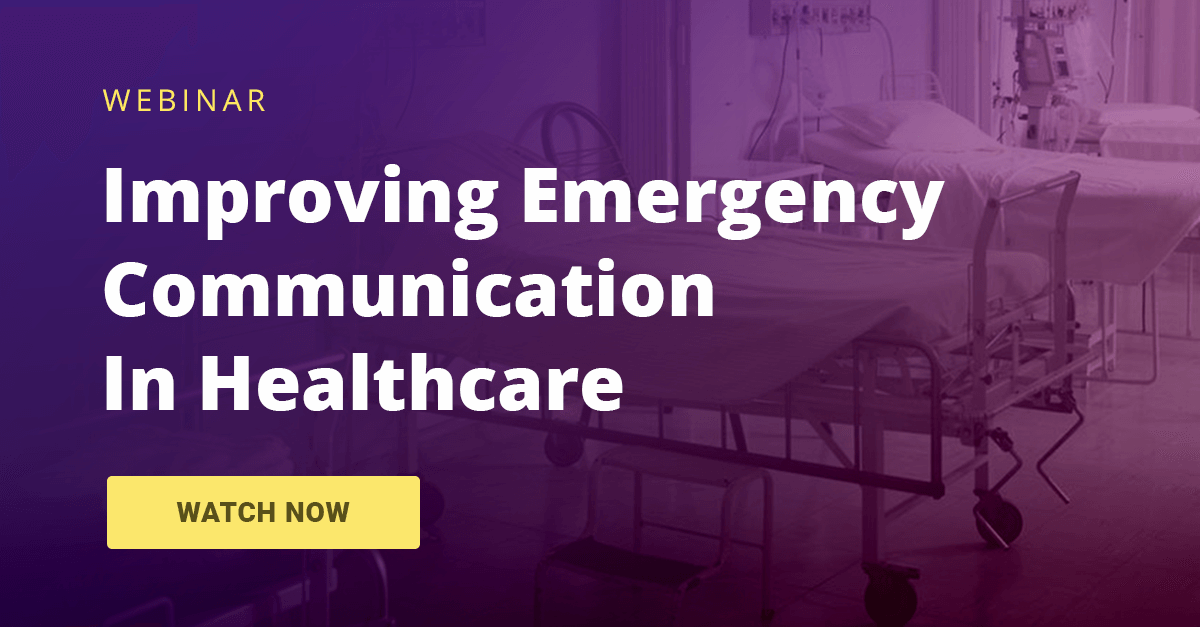Addressing Workplace Violence In Healthcare Organizations
Hospitals and other healthcare facilities are also responsible for providing a safe area for everyone who enters their facilities – from patients and their visitors to employees while providing care to a wide range of patients. But recent data shows that healthcare facilities are at significantly greater risk for workplace violence than other industries.
Workers in hospitals, nursing homes and other healthcare settings face significant risks of workplace violence in the United States:
- There were seven active shooter incidents in medical facilities between 2000 and 2015.
- According to OSHA, healthcare accounts for nearly as many serious violent injuries as all other industries combined.
- From 2002 to 2013, OSHA also found that the incident rate of healthcare workplace violence was more than four times greater than in private industry on average.
Protecting Employees From Workplace Violence In Healthcare Settings
Emergency preparedness managers at healthcare organizations have a unique challenge. They must help the security staff create a safe environment for patients, visitors, employees and families. Posting security guards at entrances is just a first step. Proper preparation and training ensure that your employees will be able to react reflexively to protect yourself and others in the event of a workplace violence incident.
Just like an active shooter event, healthcare organizations can use the Avoid, Deny, Defend strategy, a comprehensive plan developed at the ALERRT Center at the University of Texas. It will guide your response in an active shooter or workplace violence event. Anyone can use any step in any order to protect themselves:
Avoid. Flee the scene as safely, quickly and quietly as possible.
Deny. Using office equipment and other heavy items, block and barricade entrances to shelter in place until the police arrive and contain the shooter.
Defend. If confrontation is inevitable, defend yourself by attacking in a group. It can save your life and the lives of others. When faced with imminent danger, you must fight with all of the strength, anger and ferocity that you can muster. Look around your space and use any items as weapons, like coffee pots, scissors and any other heavy or sharp objects.
In addition to the Avoid, Deny, Defend training, first aid training is also critical.
Knowing the location of a first aid kit and proper training in its use can help save lives. Dr. Vincent J.M. DiMaio, the former chief medical examiner in Bexar County, Texas, was quoted as saying that while “one bullet can kill you,” a gunshot victim has a 95% chance of survival if their heart is still beating upon arrival at a hospital.
With proper first aid training and quick access to medical care, which should be easier since this is occuring in a healthcare facility, you can start medical treatment faster and reduce the number of fatalities.
To learn more, download your copy of our Active Shooter Emergency Preparedness Guide: Everything Your Business Needs To Know.
Use Your Emergency Notification System To Save Lives
An emergency notification system (ENS) is an invaluable asset for all healthcare organizations and is should be a key part of any workplace violence preparedness plan.
Meg Nash, MPH, and a FEMA trainer, said a facility should have an ENS protocol in place for any emergency events that includes sending pre-planned messages.
“Your early communications are going to be specific to that threat. When pre-planning, it’s helpful to think about where you’ll direct people to look for more information. So if a company uses a certain channel – like an emergency notification system or Twitter – to communicate with their stakeholders, you can communicate and say, ‘Look for alerts on the ENS or monitor our Twitter channel for updates,’ especially if you’re closing offices or on lockdown.”
She added that the popularity of ENS among healthcare providers has risen and she has seen the benefits first-hand.
“ENS has the opportunity to provide critical information nearly instantaneously,” said Nash. “So rather than having one person at one computer that’s at the office that has to push it out, now anyone who’s been authorized can send it from a smartphone. This will save time and possibly, lives.”
Learn more about emergency communications in our e-book: 10 Actions Healthcare Organizations Can Take To Improve Their Emergency Preparedness And Communications.
Improve Your Workplace Violence Planning
While media attention tends to focus on reports of workplace homicides, the vast majority of healthcare workplace violence incidents result in non-fatal, yet serious injuries. Beyond the physical threats, injuries and deaths, failing to plan for these events can lead to reputational and legal risks, in addition to low employee morale.
Safety is a core concept that is required as part of the CMS Emergency Preparedness Rule. Nash provided much deeper guidance for healthcare organizations on how to comply with the rule during AlertFind’s recent webinar, “Improving Emergency Communications Under The Emergency Preparedness Rule: Are You Ready?”
Watch the Webinar Now

You are well on your way toward protecting your staff and organization.
Take the next step toward protecting your organization by learning more about emergency notification systems and the vital role they play in your emergency preparedness plan.
